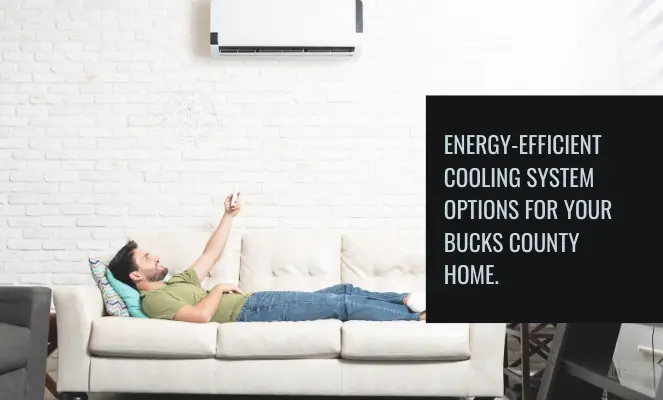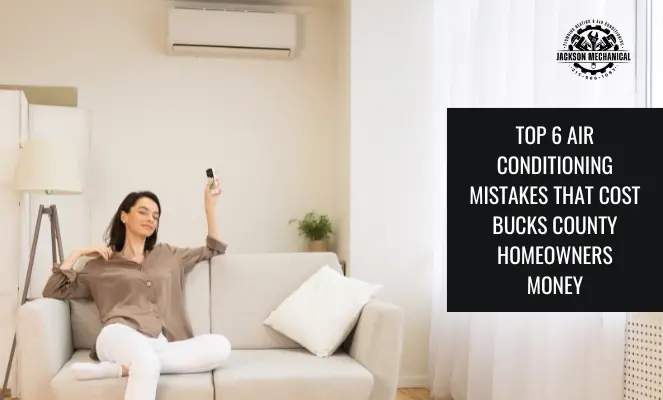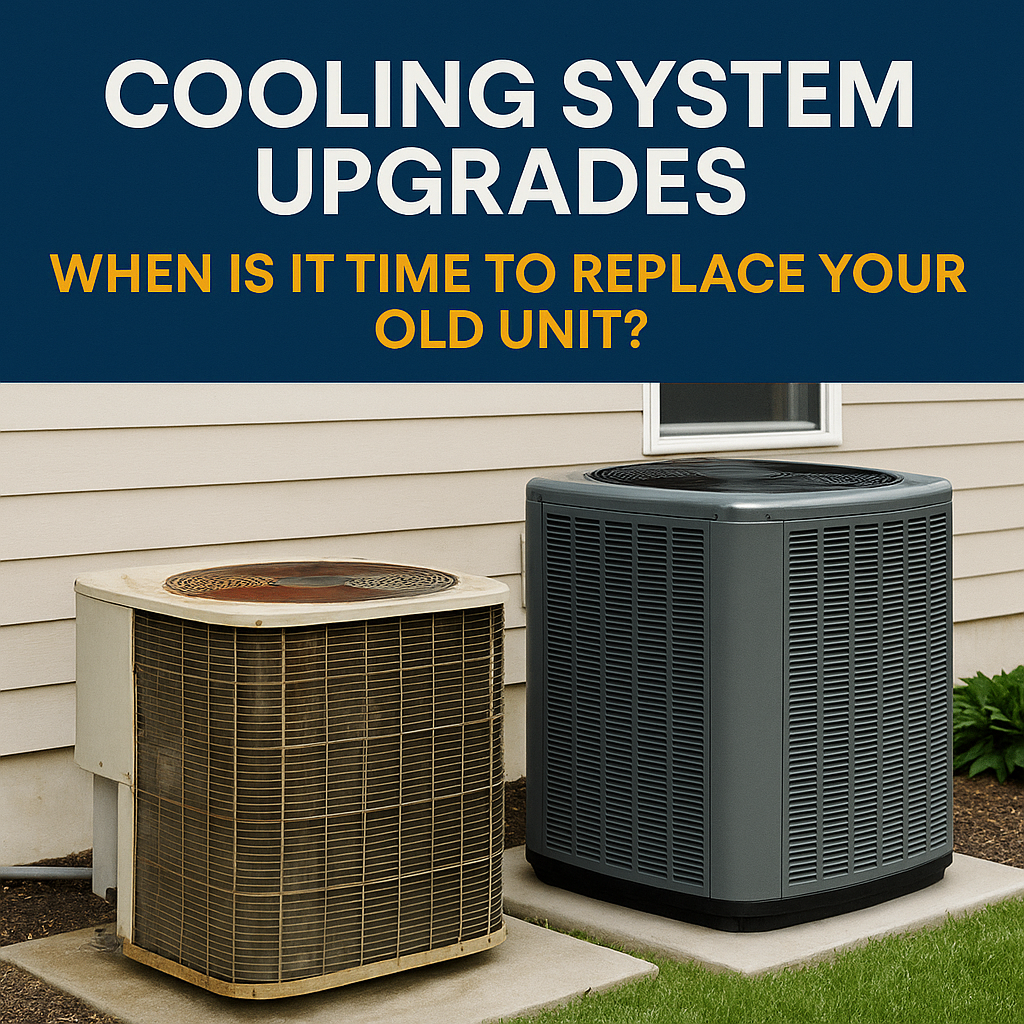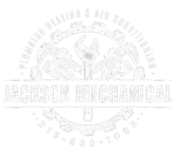Summer in Bucks County can be sweltering, and keeping your home comfortable without breaking the bank is a top priority for homeowners. An energy-efficient cooling system isn’t just about staying cool—it’s about reducing your carbon footprint and cutting down on those hefty electricity bills that arrive every month. With rising energy costs and growing environmental awareness, more families are looking for cooling solutions that deliver comfort while being kind to both their wallets and the planet.
The good news? Today’s cooling technology offers incredible options that combine performance with efficiency. Whether you’re dealing with an aging system that’s costing you a fortune or building a new home, the right cooling solution can transform your living experience while significantly reducing your energy consumption.
Why Energy Efficiency Matters in Cooling Systems
Your cooling system likely accounts for about 60% of your summer energy bills. That’s a substantial chunk of your monthly budget that could be reduced with the right equipment and approach. Beyond the financial benefits, efficient cooling systems contribute to a more sustainable future by reducing overall energy demand and greenhouse gas emissions.
Modern high-efficiency HVAC systems are designed to work smarter, not harder. They use advanced compressor technology, improved refrigerants, and better heat exchange methods to deliver the same comfort level while consuming significantly less electricity. This means your system cycles less frequently, experiences less wear and tear, and lasts longer than older, less efficient models.
Top Energy-Efficient Cooling Options for Bucks County Homes
Variable Speed Air Conditioners
Variable speed air conditioners represent a major leap forward in cooling technology. Unlike traditional single-stage units that operate at full capacity or not at all, these systems adjust their output to match your home’s exact cooling needs at any given moment.
This high-efficiency HVAC technology works by varying the compressor speed, which allows the system to run longer at lower speeds. The result? More consistent temperatures, better humidity control, and dramatically lower energy consumption. During mild weather, the system might run at just 40% capacity, using a fraction of the energy while maintaining perfect comfort levels.
These systems also pair beautifully with smart thermostats, creating an automated cooling solution that learns your preferences and adjusts accordingly. The combination of variable speed technology and intelligent controls creates an eco-friendly cooling system that adapts to your lifestyle.
Ductless Mini-Split Systems
For homes without existing ductwork or those looking to add cooling to specific areas, ductless mini-split systems offer exceptional efficiency and flexibility. These systems consist of an outdoor compressor unit connected to one or more indoor air handlers, eliminating the energy losses associated with traditional ductwork.
The beauty of mini-splits lies in their zoning capability. Each indoor unit operates independently, allowing you to cool only the rooms you’re using. This targeted approach to cooling makes them incredibly energy-efficient, especially when combined with programmable or smart thermostats that can be controlled remotely.
Modern mini-split systems also feature inverter technology, which continuously adjusts the compressor speed to maintain your desired temperature. This high-efficiency HVAC approach eliminates the energy waste associated with frequent on-off cycling, making these systems some of the most eco-friendly cooling options available.
Geothermal Heat Pumps
While the upfront investment is higher, geothermal heat pumps represent the pinnacle of energy-efficient cooling technology. These systems tap into the earth’s stable underground temperature to provide both heating and cooling with remarkable efficiency.
Geothermal systems can be three to five times more efficient than traditional air conditioning systems. They use the earth’s natural temperature (typically around 55°F year-round at depths of 6-8 feet) as a heat sink in summer and a heat source in winter. This eco-friendly cooling approach significantly reduces electricity consumption and provides consistent comfort regardless of outdoor weather conditions.
The integration of smart thermostats with geothermal systems creates an incredibly sophisticated climate control solution. These thermostats can optimize the system’s operation based on occupancy patterns, weather forecasts, and time-of-use electricity rates, maximizing both comfort and efficiency.
High-Efficiency Traditional Central Air
Not everyone needs to completely overhaul their cooling system. Sometimes, upgrading to a high-efficiency traditional central air conditioner provides the perfect balance of performance, efficiency, and cost-effectiveness.
Look for units with SEER (Seasonal Energy Efficiency Ratio) ratings of 16 or higher. These high-efficiency HVAC systems use advanced compressor technology, improved coil designs, and better refrigerants to deliver superior cooling performance while using less energy than older systems.
When paired with a programmable or smart thermostat, even traditional central air systems can achieve impressive efficiency gains. The thermostat’s ability to automatically adjust temperatures based on your schedule and preferences ensures that you’re not wasting energy cooling an empty house.
The Role of Smart Thermostats in Energy Efficiency
Smart thermostats have revolutionized how we control our home’s climate, turning any cooling system into an intelligent, responsive network. These devices learn your family’s patterns, adjust temperatures automatically, and can even factor in weather forecasts to optimize your system’s operation.
The energy savings from smart thermostats come from their ability to avoid unnecessary cooling. They can detect when you’re away from home, automatically adjusting the temperature to save energy while ensuring your home is comfortable when you return. Many models also provide detailed energy usage reports, helping you understand your consumption patterns and identify additional opportunities for savings.
Integration with other smart home devices creates even more efficiency opportunities. Smart thermostats can work with window sensors to pause cooling when windows are open, or coordinate with smart blinds to reduce solar heat gain during the hottest parts of the day. This level of automation makes maintaining an eco-friendly cooling approach effortless.
Additional Energy-Saving Tips for Maximum Efficiency
Even the most advanced energy-efficient cooling system won’t perform optimally without proper support from other home systems and maintenance practices. Regular maintenance is crucial—dirty filters, clogged coils, and low refrigerant levels can significantly reduce efficiency and increase energy consumption.
Proper insulation and air sealing make a tremendous difference in cooling efficiency. Without adequate insulation, your high-efficiency HVAC system will work harder to maintain comfortable temperatures, negating many of the efficiency benefits. Similarly, sealing air leaks around windows, doors, and other openings prevents conditioned air from escaping and unconditioned air from entering.
Consider upgrading your home’s windows if they’re older or single-pane. Energy-efficient windows reduce heat gain during summer months, making it easier for your cooling system to maintain comfortable temperatures. When combined with smart thermostats that can adjust cooling schedules based on solar heat gain patterns, these improvements create a comprehensive eco-friendly cooling strategy.
Making the Right Choice for Your Bucks County Home
Selecting the perfect energy-efficient cooling system depends on various factors specific to your home and lifestyle. Consider your home’s size, existing ductwork, insulation levels, and your family’s comfort preferences. A professional energy audit can help identify the most impactful improvements and guide your decision-making process.
Budget considerations are important, but remember to factor in long-term energy savings and potential rebates or tax incentives for high-efficiency equipment. Many utility companies offer rebates for energy-efficient upgrades, and federal tax credits may be available for certain types of systems, particularly geothermal installations.
The climate in Bucks County, with its hot, humid summers, favors systems that excel at both temperature control and humidity management. Variable speed systems and those with enhanced dehumidification capabilities often provide the best comfort and efficiency in our local climate conditions.
Conclusion
Investing in an energy-efficient cooling system is one of the smartest decisions you can make for your Bucks County home. Whether you choose a variable speed air conditioner, a ductless mini-split, a geothermal heat pump, or an upgraded traditional system, the combination of reduced energy bills, improved comfort, and environmental benefits makes these systems a wise investment.
The key to maximizing your cooling efficiency lies in choosing the right system for your specific needs and pairing it with complementary technologies like smart thermostats and proper home insulation. At Jackson Mechanical, we’re committed to helping Bucks County homeowners find the perfect balance of comfort, efficiency, and value in their cooling solutions.
Ready to transform your home’s cooling efficiency? Contact Jackson Mechanical today to schedule a consultation and discover which energy-efficient cooling system is right for your home. Your comfort—and your wallet—will thank you.






